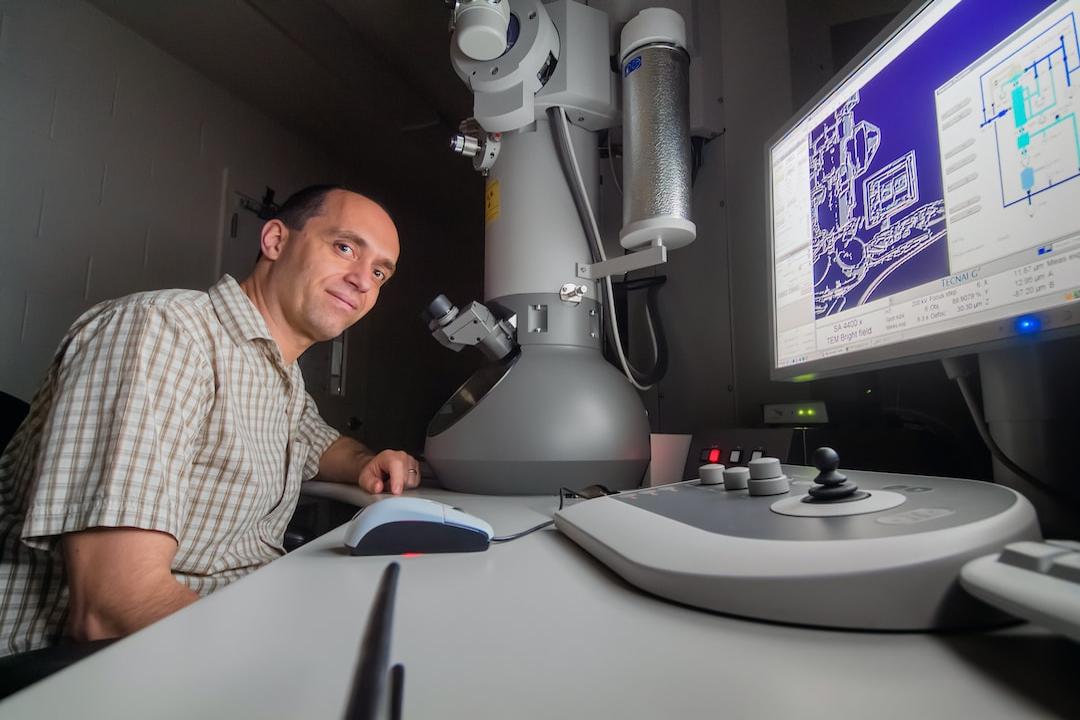Bitcoin’s network experienced a substantial increase in transactions on April 23, largely due to the introduction of the Runes protocol on the Bitcoin network. Data reveals that during a period of heightened Bitcoin network usage, the network processed over 1.6 million unique transactions, marking a record number of confirmed transactions.
The Runes protocol, an alternative to the BRC-20 protocol on the Bitcoin Blockchain, played a significant role in this surge. According to data from Blockchain.com and Glassnode, Runes accounted for 81.3% of all transactions on the Bitcoin network on April 23, underscoring its strong presence.

The rise in Runes transactions not only influenced Bitcoin’s network activity but also brought notable benefits to the mining sector. Prominent mining companies in the USA, such as Stronghold Digital Mining and Marathon, reported positive financial and operational impacts from Runes. Since the fourth Bitcoin block reward halving, Runes transactions have generated 1200 BTC in transaction fees for miners, playing a crucial role in supporting the ecosystem after the block reward was reduced by 50%.
While the initial excitement surrounding Runes may have subsided, researchers in the decentralized finance (DeFi) field, like Ignas, recognize the potential opportunities it presents. Despite comparisons to the NFT craze, Ignas views Runes as a significant advancement in the Bitcoin DeFi realm, introducing a new NFT standard aimed at enhancing Bitcoin’s utility in the emerging BTCFi trend.
Bitcoin, Runes, and BRC-20 tokens continue to capture the attention of experts, unlocking new possibilities for DeFi applications and shaping the future of the Bitcoin DeFi landscape.
Although the cryptocurrency market currently experiences periods of stagnation and significant fluctuations, protocols like Runes serve as a promising foundation for innovation and growth.
Disclaimer: The information provided in this article should not be considered as investment advice. Investors should be aware of the high volatility and associated risks of cryptocurrencies and conduct their own research.

